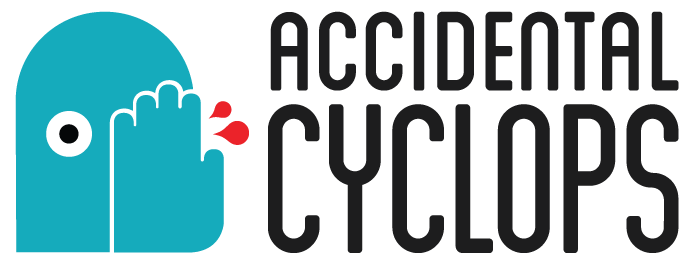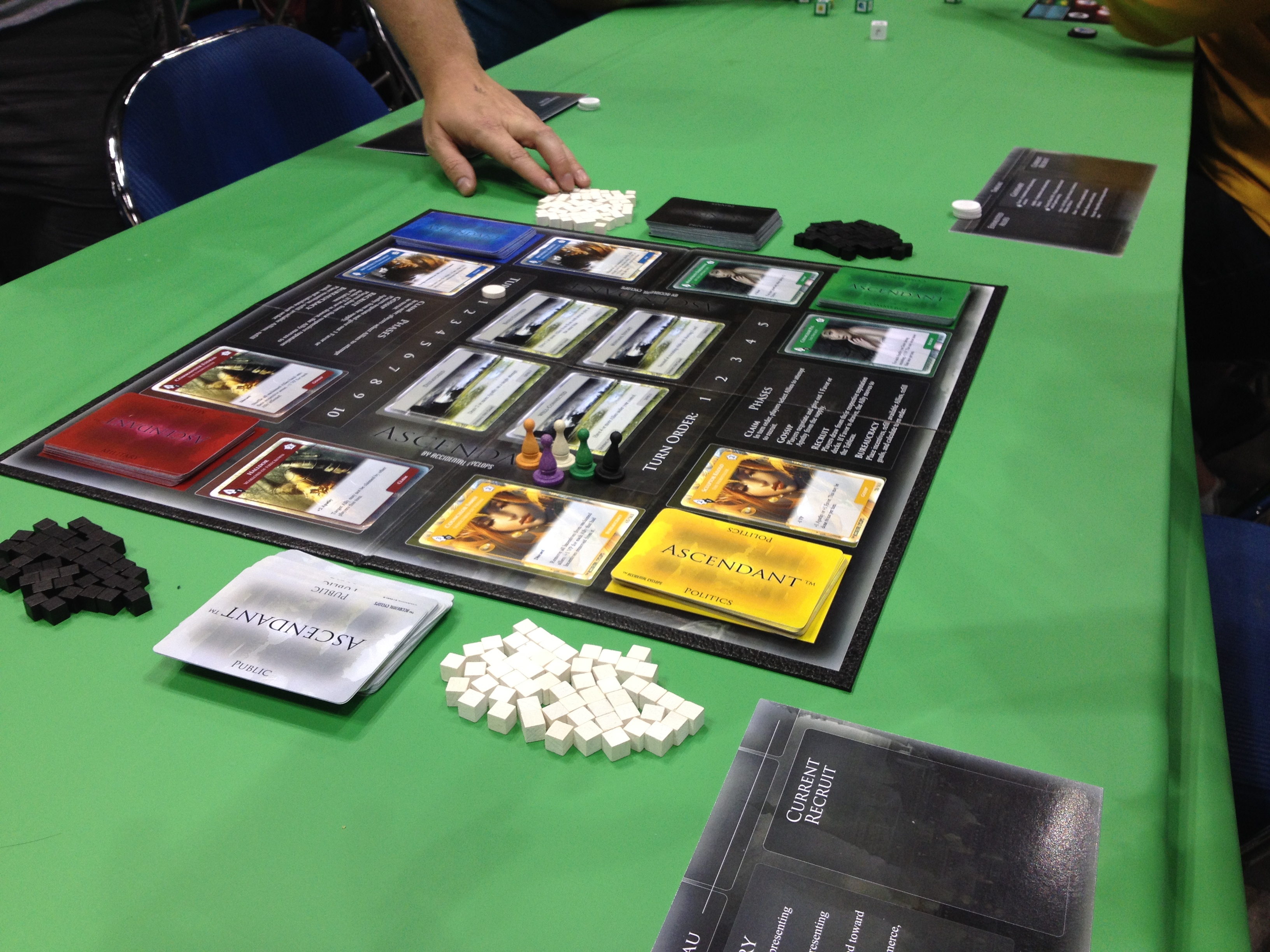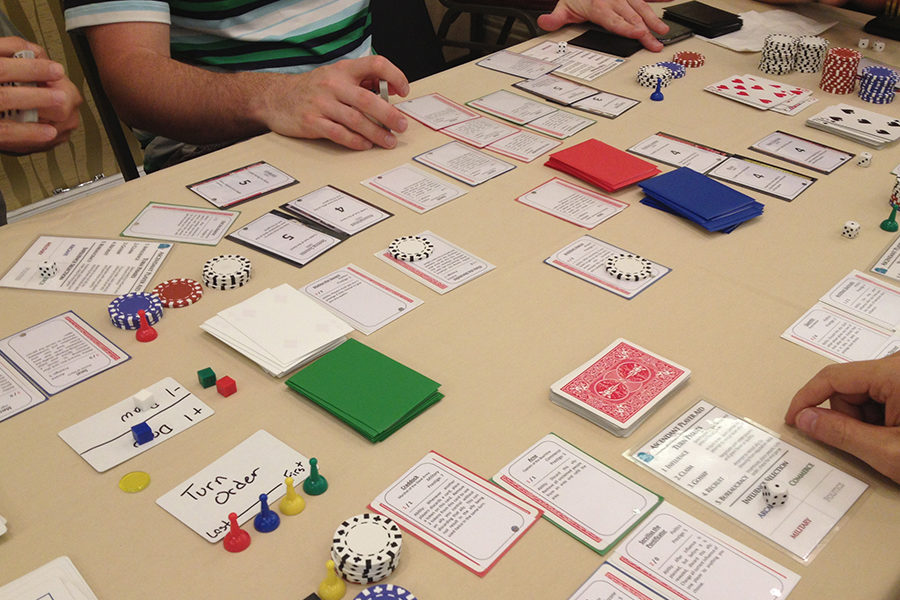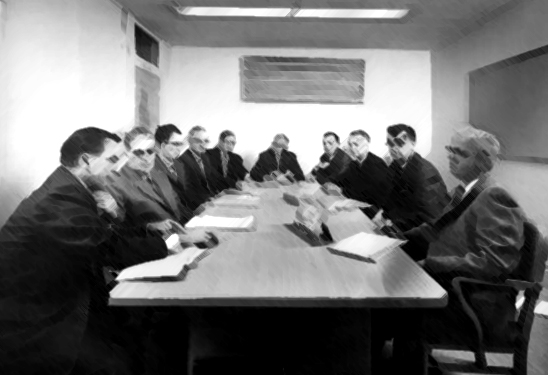When you have an idea for a game, you’re going to go through several stages of prototypes. The key is to get something physical and concrete in front of your players. Then you can make the physical experience of the game closer and closer to the mental experience once you’ve tightened up the mechanics.
The Genesis
“Genius is one percent inspiration, ninety-nine percent perspiration” – Thomas Edison
I hate to break it to you, but just having an idea for a board game isn’t enough. It isn’t nearly enough. You need to have something physical for your players to play/interact with. Fortunately, having the physical pieces is probably one of the easiest parts of game design. Coming up with the rules/interactions, playtesting, refining the rules, playtesting some more, scrapping parts of the design, refining rules some more, playtesting, playtesting, playtesting…that’s the hard part. And it’s a lot of work.
The first step in that is to come up with the initial rules. Once you do that, make a physical prototype, and then go playtest. Let’s start talking about early prototypes.
Early Prototypes
“The perfect is the enemy of the good.” – Voltaire (attributed)
Your early prototype doesn’t need to be pretty, it just needs to be functional. Things like art are unnecessary. For example, here are the supplies I used in my first card game prototype that I pitched to the group:
- Index Cards
- Scissors (to cut the index cards in half)
- Felt Tip Pen
That’s it. If you need more than that (e.g. chips, pawns, etc.) you can likely scrounge your existing collection for the pieces or find a web store to stock up. This will work for playtesting with your local group that is going to be more forgiving with design and handwriting. If you need a board for your game, you can just use handwritten pieces of paper, or if you want to be a little fancier, a noteboard or tabletop roleplaying mat. Any of these is a viable option. You’re just looking for early feedback on your game. Once you’ve gotten some validation it will be time to make something that’s a little easier on the eyes.
Next Level Prototypes
“When you can take the pebble from my hand, it will be time for you to leave.” – Master Kan, Kung Fu
At some point, if you want to go to a Protospiel or Unpub event (or some other game design prototyping conferences/conventions), you will likely need something a little more sophisticated. That being said, you probably won’t need full art or design/layout, as the type of early outside feedback you’re going to get doesn’t require this. You can do something in Word/Excel or Google Drive to lay out the board/cards and then do some work with scissors/card sleeves to make it a more enjoyable experience. For a long time, that’s how we played and made revisions to cards. Adam is a mail-merge master and used Excel along with some perforated business cards to let us quickly make and sleeve our game in some standard CCG sleeves (with CCG cards in them for some stiffness).
One caveat though, art was not a mechanic of our game. If art is a mechanic for yours, you’re going to need that to show it off (e.g. Dixit).
Tools for Prototyping
“Yeah, I can fly.” – Tony Stark
There are some applications/tools that can be used for making a more robust and graphical prototype. The one that I used for Ascendant is nanDECK (you can see the results here). nanDECK is a tool for laying out cards with images and text, and can pull the information from a spreadsheet. Essentially, this allows you to update a spreadsheet, and quickly rebuild your cards with the changes. This is very helpful in prototyping when you’re doing lots of tweaks and balance changes to the cards and don’t want to have to edit complex files or handwrite new cards. It also allows you to change art and anything else you parameterize (It’s a word now!) on the cards. It has a quasi-programming aspect to it, so if that scares the bejeebus out of you, it may not be the best option for you. I have some coding background, so I’m quite comfortable with it.
Conclusion
“Energy and persistence conquer all things.” – Benjamin Franklin
If you have an idea for a game, prototype it. Otherwise, you won’t know if the idea is good or bad. You don’t need a polished prototype to validate your game. You just need a prototype. Utilize your network of gamers, try it out at your regular board game night between other games, ask for feedback, receive feedback gracefully, then take it to a bigger event where you’re going to get feedback from a wider audience. Good luck.




I am fortunate enough to live just a couple blocks from a wonderful store (attached to another equally wonderful store) called the Center for Creative Reuse. It’s impossible to describe any better than Goodwill meets Michael’s. I get all of my prototyping material from there, from cards from board and card games to pez dispensers for game pieces. Look in your local area for stores such as these. The Center is attached to Construction Junction, a gem of a place for reusing construction and architectural elements. The Center’s webstore is at https://creativereuse.square.site/s/shop and Construction Junction can be found at https://cjreuse.org/